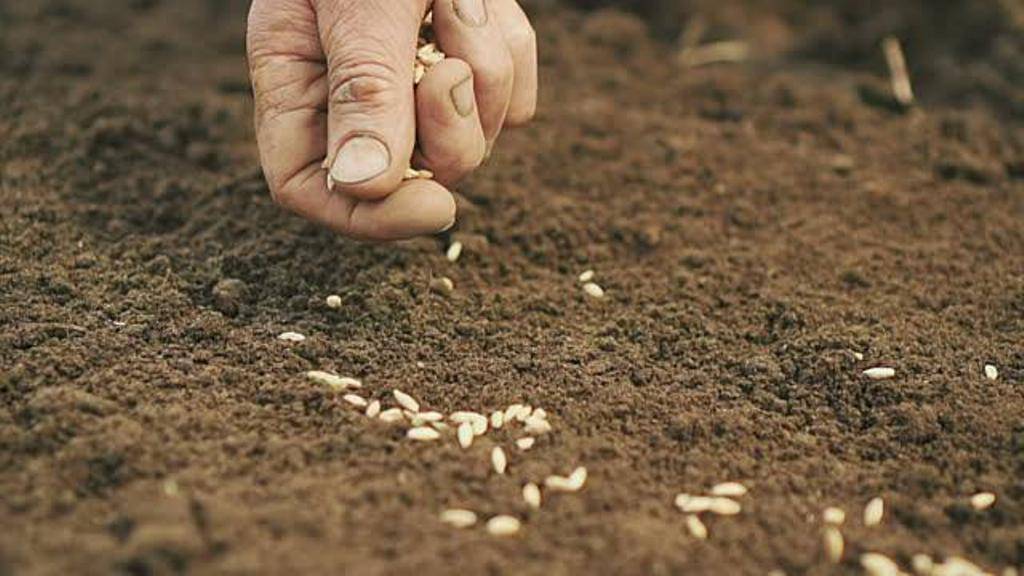
Unusual delay in Rabi sowing has been observed for crucial crops such as wheat, gram (chana) and cumin (jeera) in Gujarat due to extended rains that have caused muddy soil and waterlogged farms.
As per the farmer sources report, Rabi sowing is delayed by more than a month now and the progress on the Rabi sowing is much slower than expected as cultivators are unable to till the land due to wet soil. In a normal year, rabi sowing kicks off in October.
The statistics show that the State has seen overall Rabi sowing on about 4.86 lakh hectares till November 18, which is about 85 percent lower than normal 31.19 lakh hectares for rabi sowing. As per reports, this year Rabi sowing, which began around start of November, is about 40 percent lower than 7.88 lakh hectares seen around the same time last year.
An official at the Gujarat agriculture department said, "Even today, there is rain-water in some low-lying fields. Many other fields in the region are muddy, due to which it is difficult to till. It is just about a week now that we are seeing bright sunshine so that the land can get enough sunlight to dry. The full-fledged sowing will happen only by the end of November or early December".

Moreover, the delay in Rabi sowing may affect the new arrivals of some important crops including wheat, cumin, and gram, the official added. Irrigated wheat sowing is reported to be about 40,000 hectares in Gujarat, which is barely 4 percent of the normal sowing. Sowing of grams stood a little over 26,000 hectares, i.e 88 percent lower than normal sowing.
Sowing of other Rabi Crops
As per reports, other key Rabi crops including sugarcane and cumin seeds saw sowing at 35,311 hectares and 19,723 hectares respectively. This is less than even half of what was seen around the same time last year.
Cyclonic activities continued till early November when severe cyclonic storm 'Maha' caused a thunderstorm accompanied by widespread rains in the State.
As per IMD reports, Gujarat received excess rainfall of 1190 mm till November 8, 2019, during its South-West Monsoon season, about 45 percent more than the State's long period average of 816 mm. Kutch region received 84 percent more rainfall at 738 mm, while North Gujarat received 20 percent excess rainfall at 856 mm, East and Central region got 31 percent more rains at 1071 mm.















